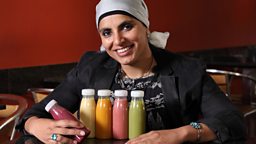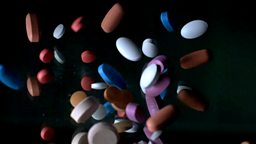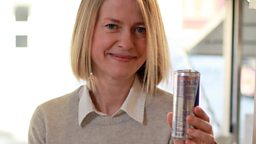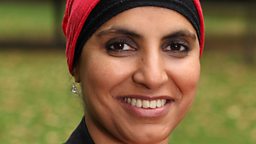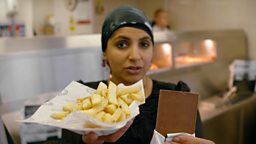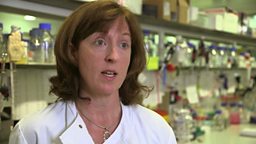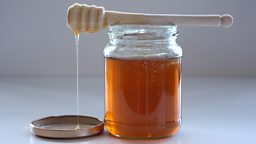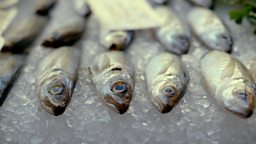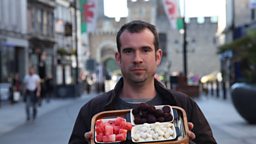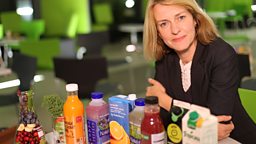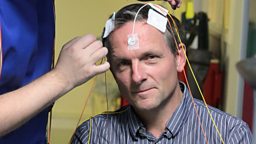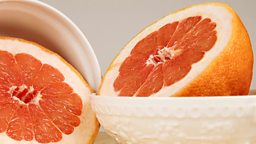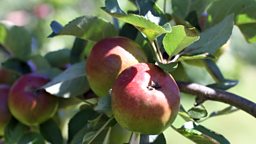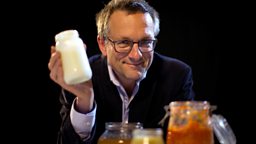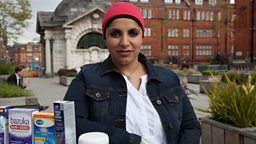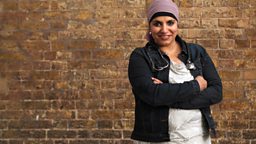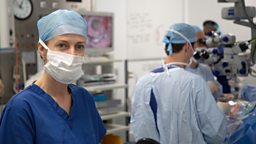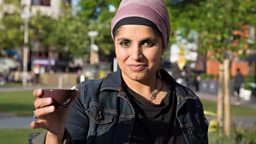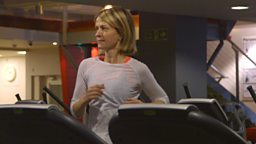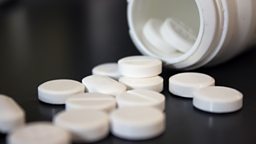Why do some people put on weight and not others – and can we change it?
We’ve all felt for some time that some people were ‘lucky’ and could seemingly eat pretty much what they wanted without putting on weight, or even being unhealthy, whilst others struggled to keep weight off, no matter what diet they went on.
Revolutionary new work in Israel appears to be shedding light on this for the first time – and even better, it seems that we can actually change our body’s responses to foods!
The study
Dr Saleyha Ahsan travelled to Israel to take part in a study, being carried out by the Weizmann Institute in Rehovot and led by Prof Eran Segal and Dr Eran Elinav.
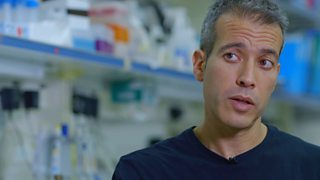
They have recruited nearly 1000 people so far to take part. Each has filled in detailed data about their health and medical background, and then taken part in a week-long close examination of how their blood sugar levels react to different foods.
During the week, their blood sugar levels are measured constantly by a glucometer placed under the skin, their sleep and activity levels monitored by a wrist-band, and they are given an app to record their mood, feelings, sleep and exercise regimes and what they eat. Throughout the week, their meals are planned – some are given to them as standard foods that everyone tries. Others they are allowed to choose, but they have to weigh it all accurately, and record it in precise detail.
Each person in the study has also given a stool – poo – sample. From this, the researchers analyse the gut bacteria living inside each person. Our gut bacteria are unique to us – it is almost like a ‘fingerprint’ of a person – but, crucially, they can change.
The findings
The researchers at the Institute have found several startling things during their study:

- Firstly, every person reacts differently to different foods. This has been a real surprise, as the textbooks have long suggested that some foods (eg. white bread) give all of us a sudden blood sugar ‘spike’ (which is bad for our health – increasing our risk of Type 2 diabetes and obesity), whilst it has been thought that other foods (such as wholegrain rice) give all of us less of a ‘spike’. This has recently been called ‘high GI’ or ‘low GI’ (for foods that give people a spike or not, respectively). However, the standard group of people on whom these foods have been tested has long been 10 – and now with 1000 people’s data it is clear that everyone is very different.
- Secondly, the team have been able – with such huge amounts of data – to make firm links between a person’s individual response to food, and to the gut bacteria that they have. They have come up with a computer algorithm that can now take a person’s individual gut bacteria composition, and from it, predict how their blood sugar levels will react to a whole range of foods. They have done a study to test the accuracy of this algorithm, and it does indeed appear to predict ‘good’ and ‘bad’ foods for different individuals based only on their gut bacteria. This goes to show how important our gut bacteria are in regulating our responses to food, and indeed for our health.
- Thirdly, the team have carried out a small study in which 25 people had a ‘good’ and ‘bad’ diet predicted for each of them by the algorithm. They then ate only the ‘good’ for one week and then the ‘bad’ for another – and weren’t told which was which (and because our reactions are so individual, some foods were ‘good’ for one person and ‘bad’ for another). Not only did their blood sugar react as predicted to the different foods, but the team saw changes in the gut bacteria of the volunteers over just the week. Although the roles of different groups of bacteria in our health is still very much uncertain, the changes that they saw during the week of ‘good’ food appeared to be beneficial. This suggests that we may not only be able to personalise our diets to be healthy for each of us individually, but that we might be able to change our responses to food.
Saleyha’s results
Foods that were found to be good for Saleyha’s blood sugar levels included:
- avocado
- croissant
- yoghurt & granola
- banana & walnuts
- omelette,
- chocolate
- ice cream & cola
Foods that were found to be bad for Saleyha’s blood sugar levels included:
- grapes
- cereal with milk
- pizza
- pasta
- tomato soup
- chicken sandwich (on wholemeal bread)
- orange juice and sushi
These, however, are very individual to Saleyha. Another volunteer of the same age and sex, Leila, who ate the same meals alongside Saleyha for the week turned out to have the opposite blood sugar reaction to pizza, pasta, banana & nuts, yoghurt & granola and croissant. They also responded in the opposite way to white bread, and white bread with butter.
Saleyha sent further stool samples to the team in Israel every few days over two weeks of eating only the foods identified as ‘good’ and avoiding the ‘bad’. In just this short time, her gut bacteria changed – and some of those changes were associated with a more ‘beneficial’ gut microbe composition. This was only a short and uncontrolled trial, however, it fitted in with the results that the team had seen in their own controlled trials of a similar diet.
The future
Drs Segal and Elinav hope to be able to make the results of their work available to everyone, worldwide. They hope that they will in the future be able to take stool samples, sent through the post, and provide a personalised diet plan in return – listing foods which are predicted to give that person an unhealthy blood sugar spike, and those which are likely to maintain more stable, healthy blood sugar levels.
These will, of course, have to be eaten within a normally balanced diet – it doesn’t mean that if chocolate turns out to be on your ‘good food’ list, you can live on it and be healthy! Nonetheless, the fact that ‘good’ foods for particular individuals usually seem to include some that people very much like, it appears that these personalised diets are much easier for people to adopt than traditional restrictive ones.
The team are also now studying the longer-term effects of diet on gut bacteria. It is possible that as the gut bacteria change in response to the diet (which happens within days or weeks), that the diet could then be modified, or relaxed.
